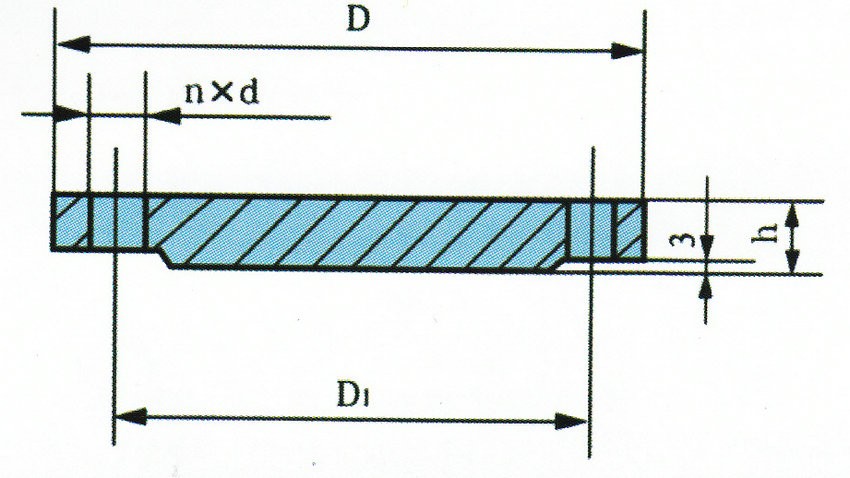During the installation and use of glass lined flange covers, gaskets are an indispensable component. It plays an important role in sealing, buffering, and protection, ensuring a tight fit and stable operation between the flange cover and the connecting equipment. The following is a detailed introduction to the glass lined flange cover gasket:
1. The function of the gasket
Sealing function: The gasket can fill the small gap between the flange cover and the connecting equipment, forming an effective sealing layer to prevent medium leakage and ensure the sealing performance of the system.
Buffer function: During the installation or operation of the flange cover, the gasket can absorb and disperse the stress caused by tightening force, temperature changes, or medium pressure fluctuations, protecting the flange cover and connecting equipment from damage.
Protective function: The gasket can isolate the direct contact between the flange cover and the connecting equipment, reduce friction and wear, and extend the service life of the equipment.

2. Material selection for gaskets
The material selection of the gasket for the glass lined flange cover needs to be determined according to the specific usage environment and working conditions. Common gasket materials include:
Rubber material: has good elasticity and sealing performance, suitable for general sealing occasions.
Asbestos material: high temperature resistant, corrosion-resistant, suitable for sealing high temperature or corrosive media.
Metal materials, such as stainless steel, copper, etc., have high strength and corrosion resistance, and are suitable for sealing high-pressure or special media.
Non metallic materials, such as polytetrafluoroethylene (PTFE), graphite, etc., have excellent corrosion resistance, high temperature resistance, and self-lubricating properties, making them suitable for sealing under special working conditions.
3. Installation and maintenance of gaskets
Pre installation inspection: Before installing the gasket, carefully check whether its surface is flat, free of cracks, impurities, and other defects to ensure that its quality meets the requirements for use.
Correct installation: Place the gasket between the flange cover and the connecting equipment, ensuring that the contact surface between the gasket and the flange cover and the connecting equipment is tightly fitted without deviation or misalignment.
Moderate tightening: When installing the flange cover, the bolts should be tightened moderately to avoid damage to the gasket or seal failure caused by over tightening or over loosening.
Regular inspection and maintenance: During use, the gasket should be inspected regularly. If aging, wear, or damage is found, a new gasket should be replaced in a timely manner to ensure the sealing performance and stable operation of the system.
In summary, the gasket of the glass lined flange cover plays a crucial role in the installation and use of equipment. The correct material selection, installation, and maintenance methods can ensure the good performance and service life of the gasket, thereby improving the reliability and safety of the entire system.



 Address:Room 1202, Detaitang Building, No. 118 Huaguang Road, Zhangdian District, Zibo, Shandong
Address:Room 1202, Detaitang Building, No. 118 Huaguang Road, Zhangdian District, Zibo, Shandong WhatsApp:+8613386433135
WhatsApp:+8613386433135 Tel: +8613386433135
Tel: +8613386433135